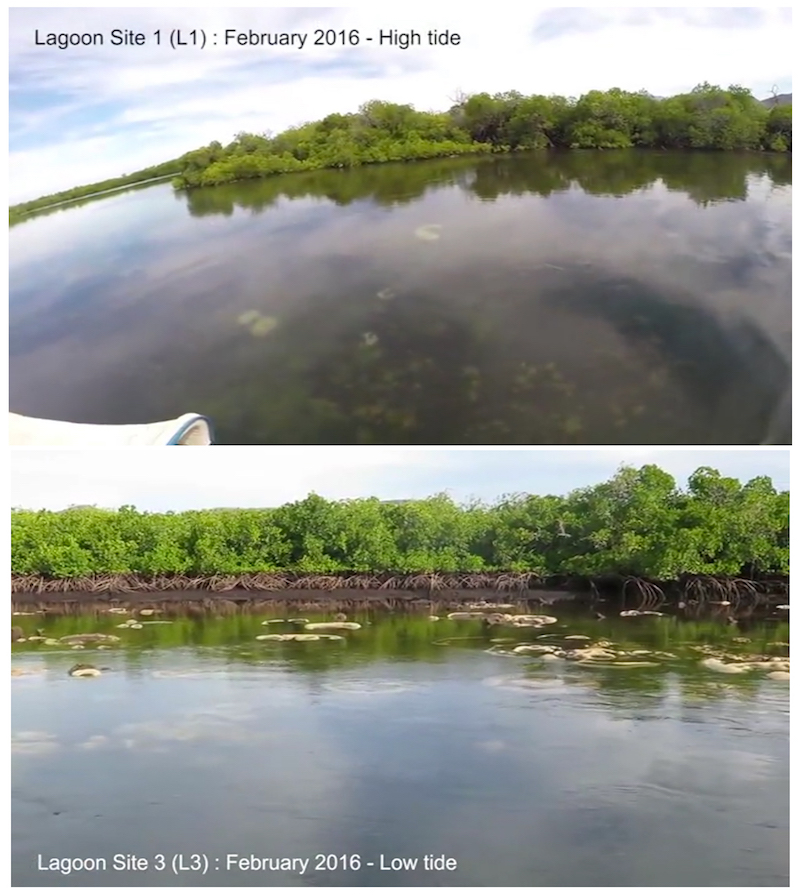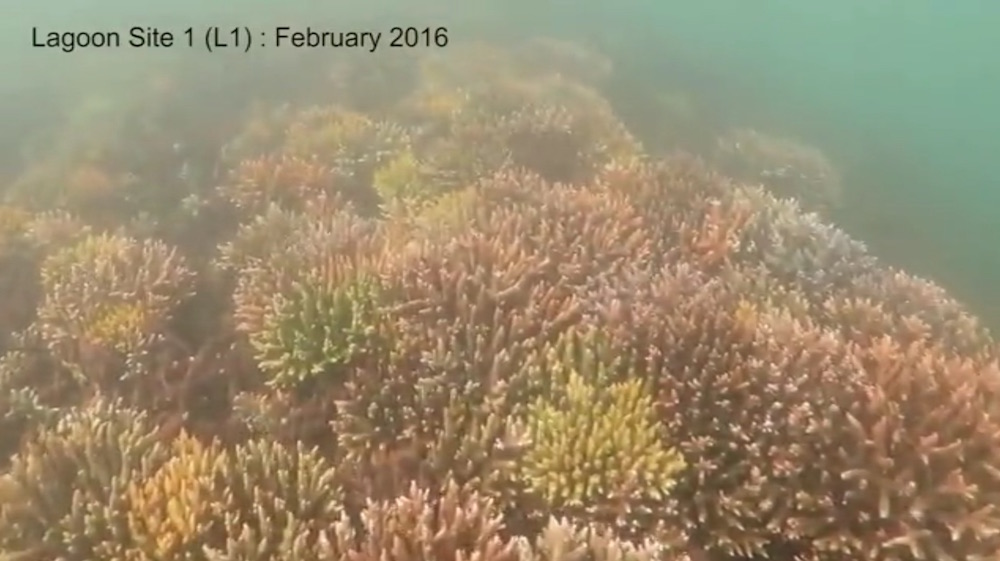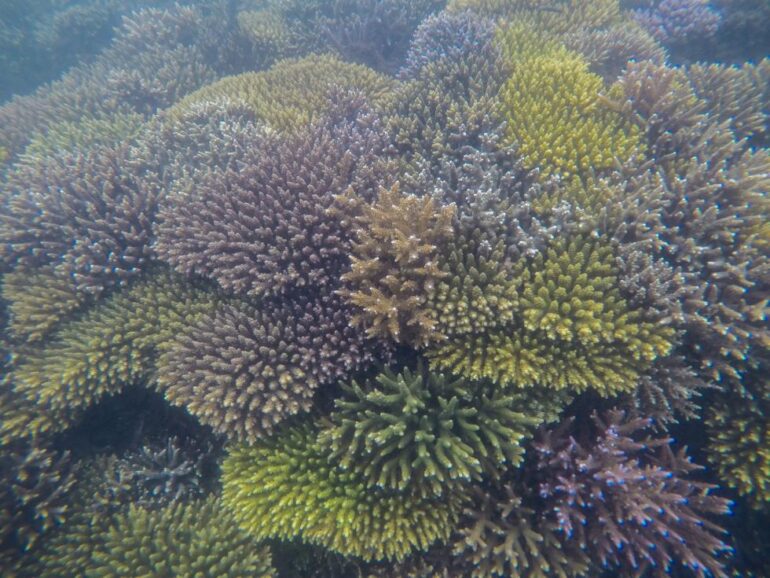Coral reefs around the world are suffering from the climate change, and as the oceans continue to warm and acidify the outlook isn’t pretty for our beloved corals. But researchers in New Caledonia have made an important discovery.
The team from the University of Technology Sydney (UTS), looked to explore marginal habitats trying to identify hot spots of coral resilience. What they found was a diverse community of reef-building corals ‘super-corals’ growing under hot, acidic and hypoxic conditions, which are predicted for the future of our oceans.

The expedition took place in 2016 to a remote lagoon system in Bouraké New Caledonia and showed there may be a way for corals to adapt and survive in a warming world. The discovery, a joint venture between UTS and International Research for Development, Noumea (IRD), was recently published in Scientific Reports.
“The existence of corals living under this usually deadly trio of conditions, comparable and even exceeding what is predicted under climate change, gives us new hope that some corals will be able to persist into the future,” said Dr Camp a member of the Climate Change Cluster (C3) at the University of Technology Sydney.
They found that coral communities within the lagoon system exhibited high richness (number of species = 20) and cover (24–35% across lagoon sites). Calcification rates for key species (Acropora formosa, Acropora pulchra, Coelastrea aspera and Porites lutea) for populations from the lagoon were equivalent to, or reduced by ca. 30–40%.

Enhanced coral respiration, alongside high particulate organic content of the lagoon sediment, suggests acclimatization to this trio of temperature, oxygen and pH changes through heterotrophic plasticity. This means the corals can lose some of their photosynthetic algae during a bleaching event will still acquiring nutrients from ingesting food.
This semi-enclosed lagoon provides the team a unique opportunity system to understand coral acclimatization to complex climatic scenarios and may serve as a reservoir of coral populations already resistant to extreme environmental conditions.



